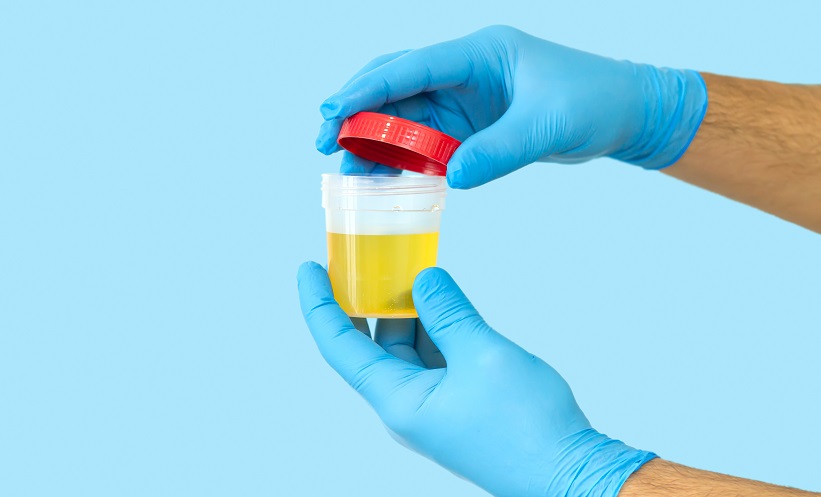INTRAOPERATIVE oliguria is often observed under general anaesthesia, particularly with volatile agents. Some previous studies have raised concerns that volatile anaesthetics like isoflurane and sevoflurane may suppress urine output more than intravenous anaesthesia, potentially increasing the risk of postoperative acute kidney injury (AKI). To clarify this issue, a new analysis of two randomised clinical trials compared the diuretic response to crystalloid fluid loading during surgery under volatile versus intravenous anaesthesia. Notably, this is one of the few studies to use advanced volume kinetic modelling to isolate urine output from confounding variables.
Researchers re-analysed data from two trials: one involving open thyroid surgery (n=29), comparing isoflurane with propofol, and the other involving open hysterectomy (n=25), comparing sevoflurane with propofol. All patients received a standardised infusion of 1.7–1.8 L of Ringer’s solution over 30 minutes. A total of 631 plasma dilution measurements and 138 urine output data points were used to model the diuretic response using population kinetic analysis. This approach allowed correction for variables such as infused volume, body weight, and plasma volume expansion, with the elimination rate constant (k10) used as a proxy for urine flow.
The median urine outputs did not differ significantly between the anaesthetic types: in thyroid surgery, propofol and isoflurane groups produced 132 (77–231) mL and 218 (80–394) mL of urine, respectively (p=0.50); for hysterectomy, urine outputs were 50 (45–65) mL with propofol and 60 (34–71) mL with sevoflurane (p=0.81). Importantly, the kinetic modelling showed no statistically significant impact of anaesthetic type on the diuretic response (k10), with changes in log likelihood values far below thresholds for significance.
This study provides no evidence that volatile anaesthetics depress urine output more than intravenous agents. Instead, intraoperative oliguria appears more closely linked to the overall depressant effects of general anaesthesia on circulation and renal perfusion, rather than the anaesthetic type per se. For clinicians, these findings suggest that avoiding volatile anaesthetics solely to preserve urine output may be unnecessary. However, the retrospective nature of the data, lack of hormonal profiling, and limited pressure variability are key limitations. Continued awareness of intraoperative oliguria remains important due to its potential link with postoperative AKI, although causality is not confirmed.
Reference
Hahn R. Do volatile anaesthetics depress urine output? Anaesthesiol Intensive Ther. 2024;56(3):185-93








